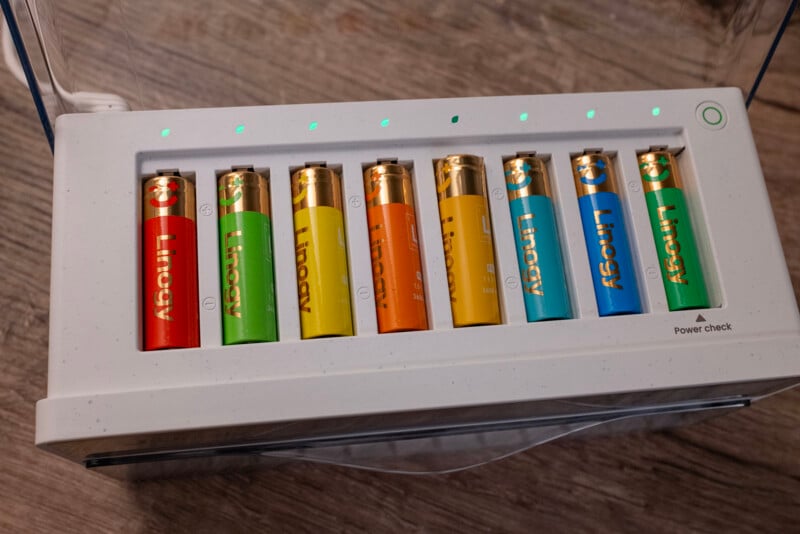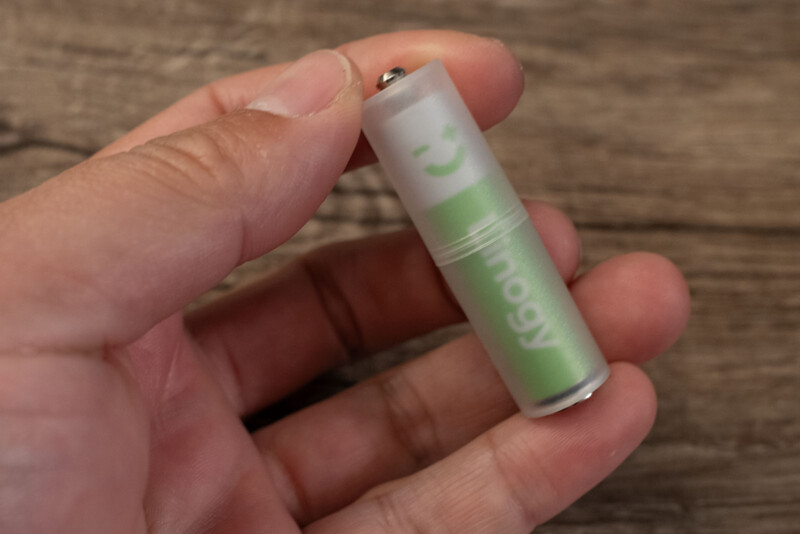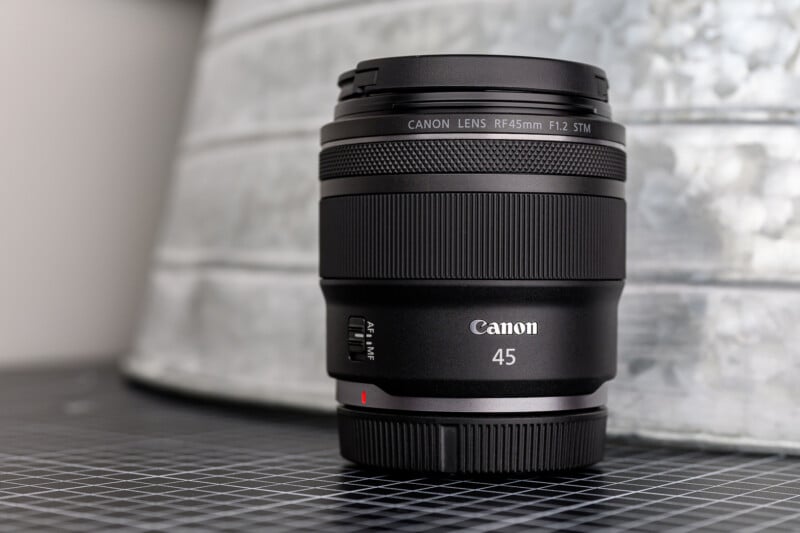
![]()
Batteries are boring. The most recent and exciting battery innovation I can recall is when manufacturers started incorporating USB-C ports into camera batteries. Needless to say, it’s a low bar. That’s why my expectations for the Linogy AA/AAA Battery Charging system were at most lukewarm, but after using it, I have to admit: this thing is great.
I used to use AA and AAA rechargeable batteries a lot more than I do now, mostly because camera accessory and peripheral brands started integrating batteries into their products. My mobile camera case used to have a whole pouch dedicated to AA batteries, which powered my flashes, wireless mics, and portable recorders. I use flashes and external audio recorders a lot less frequently than I used to, and wireless mics have almost all moved to internal rechargeable systems, so I haven’t used that little pouch much in the last five years.
But earlier this year, Saramonic announced the K9 wireless lav kit and I’ve been using it as my daily-driver mic because of its reliability in all recording environments and because I really like the capsule on the lav. However, the K9 takes AA batteries and is a power hog — especially with alkaline-based batteries that I buy in bulk from Costco. After a few recording sessions, the power requirements of the K9 mics — which last a lot longer with lithium systems — had me gravitating back to going with rechargeable batteries to both save money and produce less waste. When Linogy’s system landed on my porch, it was pretty much perfect timing.
![]()
If you wanted to reduce the Linogy system down to its most basic premise, it’s a series of batteries and a big charging platform. It has a rack that the batteries sit in, it charges, and then you have batteries again. It is, like all battery chargers, a simple concept. The system also includes Linogy-branded batteries, which the company says are long-lasting and reliable. So far, that checks out, but I haven’t had the system for more than a couple of months, so the true longevity is still an unknown.
Lithium-ion batteries do wear out, but there are ways to keep them from dying quickly, and that’s what Linogy’s charging system excels at.

The charging base for the Linogy batteries is pretty large, but that’s because it is designed to do certain things differently. When you place a battery into the charger, which you access by lifting a transparent plastic lid on top, the system checks the health of the battery, charges it, and then, when it is done filling it, ejects it into the base below. By only charging the battery for the exact amount of time it takes to get it to full, the Linogy charger prevents power from running through the lithium ion unnecessarily, extending the lifespan of the batteries.
The charging base can charge up to eight batteries at a time, while the storage compartment can hold up to 40. It also works with a bunch of lithium-ion, Ni-MH, and NiCD batteries from a variety of brands, not just Linogy’s first-party batteries, and is also compatible with AAA batteries via included sleeves that let it fit into the AA-sized charging ports.

That said, Linogy says its lithium-ion batteries have several advantages. First, they charge faster. Ni-MH rechargeable batteries typically take six hours to charge, while Linogy’s 3600mWh AA batteries fully charge in just three hours. They can also be cycled up to 1,200 times, which is more than double a Ni-MH battery’s lifespan.Linogy also claims its batteries will retain maximum charge for longer, losing only about 0.045% discharge per month. So, using the batteries regularly, they will retain 88% maximum charge after six months.
![]()
The charging base is packed with intelligent features, including overcharge protection, overcurrent protection, over- and under-voltage protection, short circuit protection, and reverse polarity protection. The display is e-ink, which is very power-efficient and in line with Linogyy’s eco-focused design aesthetic: if we are going to use rechargeables, we should do so in a way that doesn’t waste any power at all.
![]()
When a battery is placed in the charger, a blinking green LED indicates that it is charging. When that LED is red, that means the battery that has been placed in the socket is not rechargeable or has died. The far right slot has a power detection function, which allows you to check a battery’s remaining charge.
By far the neatest of all these features is the auto-release function. As mentioned, when the battery is charged, it automatically dispenses into the storage compartment below. This feature has allowed me to easily keep track of what batteries are charged and which ones have not been, and even if I get them mixed up, the Linogy charger will easily let me sort through them by putting a mix of batteries into the top compartment. If they’re full, they’ll just drop down. If not, they’ll stay until they are charged.
![]()
In the end, the Linogy Battery Charger system is a nice-to-have charging and organization solution. It’s not going to change your life, but it is going to notably improve it if you’re using AA or AAA rechargeable batteries frequently.
To be honest, the need for the Linogy Battery Charger isn’t as urgent as it once was, now that so many brands are building batteries into their products. Still, there are plenty of devices in my house that still require AA or AAA batteries (like television remotes, my Xbox controller, the aforementioned K9 system, etc), so the $169 eventual retail asking price for the charging base and set of batteries feels like a solid investment and is welcome in my home.
Disclaimer: Make sure you do your own research into any crowdfunding project you’re considering backing. While we aim to only share legitimate and trustworthy campaigns, there’s always a real chance that you can lose your money when backing any crowdfunded project. PetaPixel does not participate in any crowdfunding affiliate programs.
To hold projects accountable, all crowdfunding campaigns on which PetaPixel reports are financially backed with the lowest tier option in order to give the publication visibility into all backer-only communications. If a campaign owner acts in a manner inconsistent with its promises, PetaPixel will share that information publicly.





